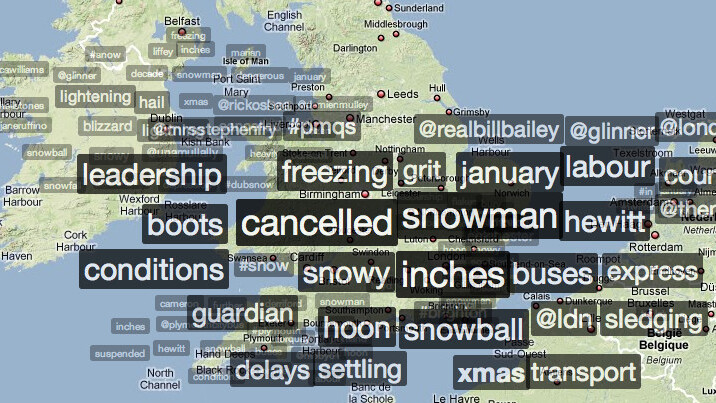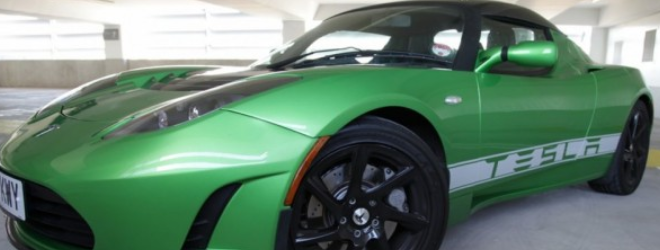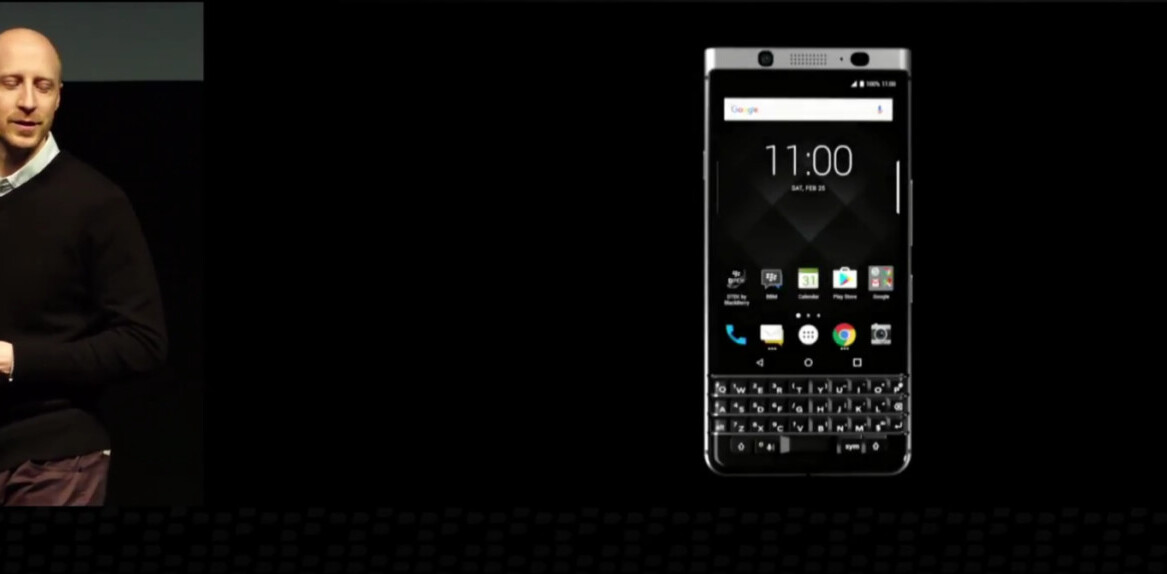
 As Canadian energy companies prepare for a wave of electric cars about to hit the grid, the dialogue about the pros and cons continue to mount. And as more of these cars hit the market this year, Canadian energy companies will need to examine the way power is distributed and if Canadian cities are ready for the new era of cars.
As Canadian energy companies prepare for a wave of electric cars about to hit the grid, the dialogue about the pros and cons continue to mount. And as more of these cars hit the market this year, Canadian energy companies will need to examine the way power is distributed and if Canadian cities are ready for the new era of cars.
2011 is said to be the “year of the electric car” and will bring consumers a flood of impressive EVs from manufacturers such as Ford, Toyota and Porsche. One of the hotter designs is coming from Tesla.
Electric cars are sexier
Canadian gadget geeks and gear-heads alike should be excited for sexy new models like the Tesla Roadster Sport 2.5, an electric car that destroys the previous perception that electric cars were slow-moving two-seater minis.
But wait.. Is Canada ready for electric cars?
Anthony Haines, Chief executive of Toronto Hydro, voiced his concerns about the impact of electric cars to an audience at Ryerson University back in September of 2010. Haines stated that if ten percent of Toronto residents converted to electric cars, the current state of the grid couldn’t handle the load. Energy companies in Ontario will be investing $7 million to a university lead center for urban energy over the next five years, preparing the cities for the influx of electric cars. A product that the province of Ontario expects will grow to five percent by 2020.
Ryerson’s new Centre for Urban Energy will use the funding to search for new and innovative ways that cities can produce more energy; how to distribute energy cleanly, how less energy can be used and new improved ways to store energy.
Major Canadian cities such as Toronto suck energy from many miles away causing choke-points in the process as Ryerson’s Ravi Seethapathy points out. He also says “Ideally, renewable energy should be put in the city”. However, as it stands now, Seepthapthy says the systems aren’t currently wired to handle it.
If you connect about 10 per cent of the homes on any given street with an electric car, the electricity system fails,” Haines told an audience at Ryerson University. “It basically can’t handle that load.”
Why some Canadians thought the Canadian government was killing the electric car
Back in 2007, due to Canadian regulations on “low speed vehicles”, a Canadian electric car manufacturer called Zenn was relegated to exporting its cars to the United States, Mexico, Europe and the province of British Columbia.
CBC’s Rick Mercer (Canada’s version of Jon Stewart) highlights in the video below, that Canadian adoption of the low-speed EV’s needed to happen province by province since jurisdictional restrictions varied across the country.
Transport Canada authorized Zenn in 2007 to produce the vehicles but it washed its hands of whether the car was street-legal, passing the responsibility of each individual province and territory to handle the legislation.
This ultimately left Canadians wondering if the arrival of electric cars would ever actually come to fruition and prompted the folks at the Green Party (an environmentally focused political party) to suggest that the Canadian government was deliberately killing the electric car. All in all the main issue was speed and since the low-speed vehicles didn’t meet the crash standards for regular vehicles, the government prohibited them from reaching speeds over 40 km/hour –causing cars like the ZENN to be limited to slower public roads.
…the ZENN would be UNABLE to operate on 50 KPH and slower public roads such as downtown Victoria, Vancouver, Montreal and Toronto. The ZENN, and vehicles like it would be forced to only operate on closed, private roads such as parks, university campuses and military bases. “ –The Green Party.
In September of 2008, it was announced that Vancouver city council had approved the low-speed electric cars to drive on streets which had a speed limit of 50 km per hour, a victory for low-speed electric cars that were now able to be driven on most city streets. It was also permitted in OakBay on Victoria Island and selected parts of Quebec.
Federal and Provincial Governments embrace electric cars
By 2009 there was a shift of public perception, and despite the negative buzz previously surrounding electric cars in Canada, provincial governments began to make the arrival of electric cars a priority. Both electric and hybrid cars were now fast enough to travel on highways — low-speed cars like the Zenn (designed for urban use), remained on slower public streets.
In 2009, Ontario government was the first province to partner with Better Place, a global provider of electric vehicle networks and services that is aiming to help accelerate the growth of EVs. Ontario also announced (in 2009) that it would be purchasing “500 of the new cars for government use” and offering “rebates of between $4000 and $10,000 for plug-in hybrid and battery electric vehicles and July 1, 2010.”
The rebates will vary by province but Canadians will likely continue to see government kick-backs for supporting a cleaner choice of vehicle. And as public quick-charging stations begin to sprout up across Canada, it will hopefully encourage more Canadians to choose electric.
Why would you buy one?
In a recent study conducted by IBM’s Institute for Business Value (IBV), IBM spoke with both automobile industry executives and consumers in the United States, to reveal the current climate of opinion regarding electric vehicles. IBV asked customers their motivations behind why they may purchase one; higher oil prices and sustainability concerns being the two biggest factors driving consumers towards this new generation of car.

Get the TNW newsletter
Get the most important tech news in your inbox each week.






